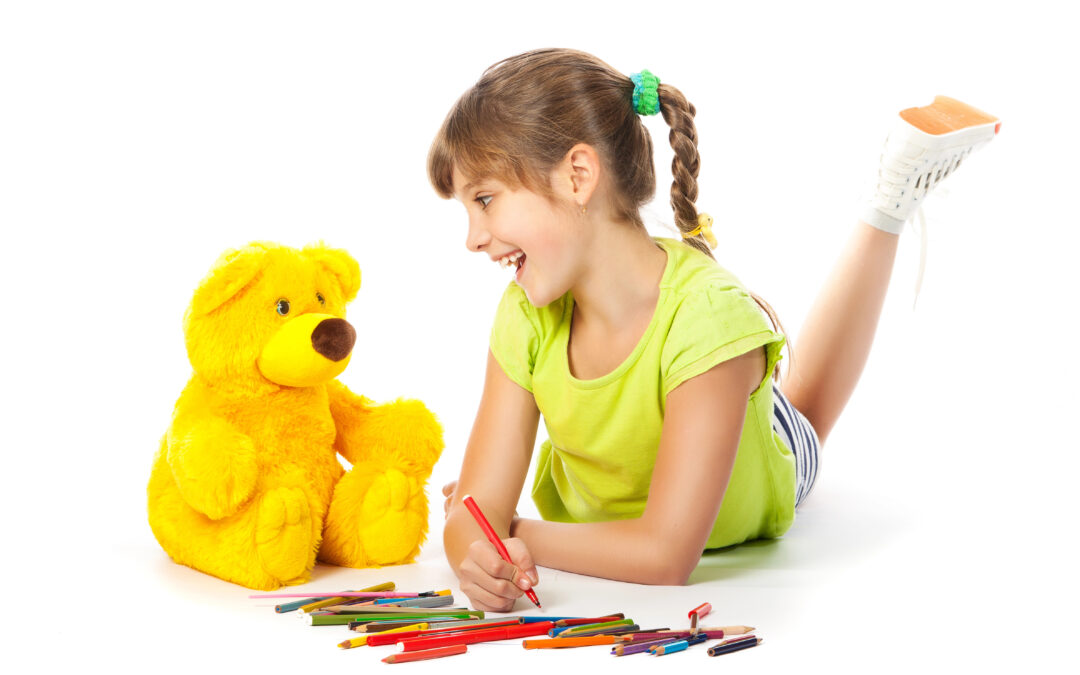Creativity isn’t just a magical spark that strikes without warning. It’s influenced by many things. Our environment, our experiences, and surprisingly, our mood. If you’ve ever noticed how your best ideas come when you’re feeling upbeat or energized, you’re not alone. Scientific research and real-world experience show that being in a positive mood boosts creativity. And studies show that being creative also makes you happier.
Whether you’re solving a business problem, writing a book, brainstorming your next product, or just trying to think outside the box, your emotional state plays a bigger role than you may realize.
The Science Behind How Positive Mood Boosts Creativity
Positive emotions like joy, gratitude, amusement, and even mild excitement have been proven to enhance what’s called “cognitive flexibility.” This is our brain’s ability to switch between different ideas, perspectives, and approaches. When we’re in a good mood, we’re more open to new experiences and more willing to take mental risks. That’s exactly the mindset needed for creative thinking.
One foundational study by psychologist Alice Isen found that people who were made to feel happy performed significantly better on creative problem-solving tasks than those who weren’t. Happy participants were more likely to see relationships between unrelated ideas and come up with novel solutions.
The reason? A positive mood activates the brain’s dopamine system, which plays a key role in learning, motivation, and reward. Dopamine doesn’t just make us feel good—it also helps us make connections between concepts and find new pathways in our thinking.
Why a Good Mood Fuels Idea Generation
More Ideas, Fewer Filters
When you’re feeling upbeat, you’re less likely to self-censor. You allow more ideas to come through. Good, bad, and wildly imaginative. That openness is essential to the brainstorming process. Judgment comes later. Creativity needs volume before it gets precision, and a positive mood creates a flood of possibilities.
Improved Problem-Solving
A good mood doesn’t just make you dream bigger. It helps you solve problems more effectively. Positive people are more resilient, more likely to persist through frustration, and more likely to reframe obstacles as challenges instead of threats. This mental flexibility is key to finding creative solutions, especially in business or innovation.
Broader Thinking Patterns
Positive emotions expand our attention. Instead of hyper-focusing on a narrow task, we begin to take in more information from our surroundings. This broader awareness often leads to serendipitous connections. The cornerstone of creative thinking. You might notice something that sparks an idea, or suddenly realize that a problem in one area has already been solved in another.
Real-Life Examples of Creativity Fueled by Positivity
The Accidental Invention
Many of the world’s greatest innovations came from lighthearted experimentation. Think of Post-it Notes, invented because a 3M scientist was playing around with a weak adhesive. Or Velcro, discovered by a man walking his dog in the Swiss Alps who got curious about how burrs stuck to fur. These “aha” moments often occur when the brain is relaxed and curious, not stressed and overworked.
Comedians and Creators
Many comedians report that their best jokes come when they’re feeling playful or in a good mood. That’s because humor itself is a form of creative thinking. It involves seeing connections between things that others miss. The same goes for artists, writers, and entrepreneurs. The ability to approach a project with excitement and energy often leads to the kind of experimentation that produces original work.
How to Cultivate a Positive Mood That Boosts Creativity
You don’t have to wait for inspiration to strike or for a good mood to appear out of nowhere. You can proactively shape your emotional environment to fuel your creativity. Here are some proven strategies:
Practice Gratitude
Start your day by listing three things you’re grateful for. Gratitude shifts your focus from what’s missing to what’s working, which creates a naturally uplifting emotional state. This positivity can set the tone for more creative thinking throughout your day.
Move Your Body
Physical activity, especially something enjoyable like dancing, walking in nature, or doing yoga, increases endorphins and dopamine. These natural chemicals elevate your mood and make your brain more receptive to new ideas.
Listen to Uplifting Music
Music is a powerful mood booster. Create a playlist that makes you feel energized, optimistic, or inspired. Listening to it before a brainstorming session can help prime your brain for creative thinking.
Surround Yourself With Positivity
Who you spend time with matters. Spend time with people who encourage you, laugh with you, and make you feel good about yourself. Their positive mood can boost creativity.
Take Breaks and Play
Creativity thrives when your mind has space. Allow yourself time to play, daydream, or explore something fun without pressure. Play reduces stress and increases imagination, which is two essential ingredients for big ideas.
What About Negative Emotions?
Not all creativity comes from positivity. Some art and innovation come from struggle, and difficult emotions can drive deep, meaningful work. But when it comes to flexible thinking, idea generation, and collaborative problem-solving, the kind needed in most workplaces and creative endeavors, a positive mood is the more reliable fuel.
Think of it this way. Stress can make you dig deep, but joy helps you soar. You need both for a well-rounded creative process, but if your goal is to generate ideas, innovate, or unlock a stuck problem, starting from a place of positivity is often your best bet.
Happiness Is a Creative Strategy
In a world that often rewards hustle, stress, and constant urgency, choosing joy might feel counterintuitive. But for creative thinkers, entrepreneurs, inventors, and artists, cultivating a positive mood isn’t just about feeling good. It’s about thinking better. It’s a powerful tool to boost your output, spark fresh ideas, and create solutions that others can’t see.
So the next time you need to be your most inventive self, don’t just push harder. Pause. Laugh. Dance. Play. Connect. Lift your mood. And watch your creativity rise with it.

